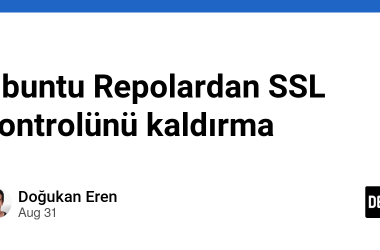Welcome to Day 29 of the 100 Days of Python series!
Yesterday, we explored list comprehensions, a concise way to create lists.
Today, we’ll dive into their powerful cousins: Dictionary and Set Comprehensions.
These are elegant Pythonic tools that help us generate dictionaries and sets from iterables in just one line of code.
🎯 What You’ll Learn
- What dictionary comprehensions are
- What set comprehensions are
- Syntax and practical examples
- When to use them
- Common mistakes to avoid
🧾 Dictionary Comprehensions
A dictionary comprehension allows you to create dictionaries using a single line of code.
🔹 Syntax:
{key_expr: value_expr for item in iterable}
It’s the dictionary version of a list comprehension, but you specify both key and value.
✅ Example 1: Square of Numbers
squares = {x: x**2 for x in range(5)}
print(squares)
# Output: {0: 0, 1: 1, 2: 4, 3: 9, 4: 16}
✅ Example 2: Character Count in a Word
word = "banana"
char_count = {char: word.count(char) for char in word}
print(char_count)
# Output: {'b': 1, 'a': 3, 'n': 2}
✅ Example 3: Swap Keys and Values
original = {'a': 1, 'b': 2, 'c': 3}
swapped = {v: k for k, v in original.items()}
print(swapped)
# Output: {1: 'a', 2: 'b', 3: 'c'}
✅ Example 4: Filtering Items
prices = {'apple': 100, 'banana': 40, 'mango': 150}
cheap_fruits = {k: v for k, v in prices.items() if v < 100}
print(cheap_fruits)
# Output: {'banana': 40}
🔁 Set Comprehensions
Set comprehensions help you generate a set using a similar syntax — great for removing duplicates automatically.
🔹 Syntax:
{expression for item in iterable}
✅ Example 1: Unique Characters
word = "balloon"
unique_chars = {char for char in word}
print(unique_chars)
# Output: {'n', 'b', 'o', 'a', 'l'}
✅ Example 2: Square of Even Numbers
even_squares = {x**2 for x in range(10) if x % 2 == 0}
print(even_squares)
# Output: {0, 4, 16, 36, 64}
💡 Why Use Them?
- 🔄 Clean, one-line transformations
- 🚀 Faster than traditional loops
- 💼 Practical for filtering, transforming, or reversing data
- ✅ Automatic uniqueness with sets
⚠️ Common Mistakes
-
Duplicate keys in dictionary comprehensions:
Later values will overwrite earlier ones.
{char: i for i, char in enumerate("banana")}
# {'b': 0, 'a': 5, 'n': 4} # 'a' gets overwritten
-
Forgetting
.items()in dict comprehensions:
{k: v for k, v in my_dict} # ❌ TypeError
{k: v for k, v in my_dict.items()} # ✅
-
Expecting order in sets:
Sets are unordered; don’t rely on element positions.
🧪 Real-World Use Cases
🔧 1. Invert a Dictionary
data = {"x": 1, "y": 2}
inverted = {v: k for k, v in data.items()}
# {1: 'x', 2: 'y'}
📚 2. Create Index of Words
words = ["apple", "banana", "cherry"]
index = {word: i for i, word in enumerate(words)}
# {'apple': 0, 'banana': 1, 'cherry': 2}
🔥 3. Get All Unique Vowels in a Sentence
sentence = "Today is a beautiful day"
vowels = {char for char in sentence.lower() if char in 'aeiou'}
# {'a', 'e', 'i', 'o', 'u'}
🧭 Recap
Today you learned:
✅ How to use dictionary and set comprehensions
✅ How they differ from list comprehensions
✅ Syntax and best practices
✅ Real-world examples like inverting dictionaries and filtering data




